There can be your advertisement
300x150
Iconic Inventions for Bathroom and Toilet
It's hard to imagine our lives without a faucet or toilet. Technology is advancing and amazes us more each year. We tell you about breakthroughs in the plumbing industry
Today, plumbing is designed so that consumers can save water and yet not feel uncomfortable. To achieve this, water-saving technologies are being implemented in faucets, showerheads, and toilets. One movement of the faucet handle sets the water temperature and flow rate, changing the jet pressure without altering the temperature.
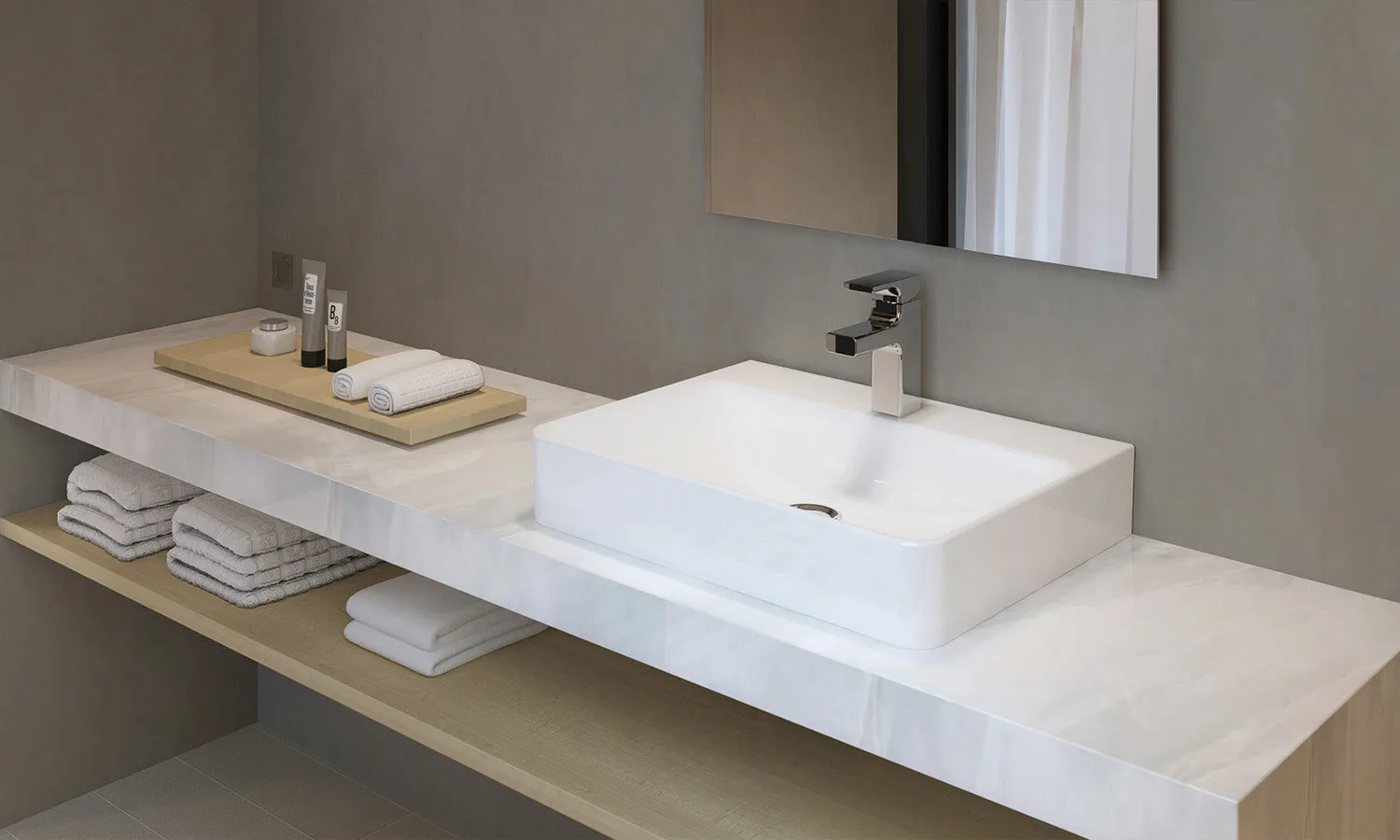 Design: Jacob Delafon
Design: Jacob DelafonAeration
Almost every modern faucet is equipped with an aerator — a device built into the spout. Air is mixed into the water jet from the tap — this 'trick' saves up to 15% of water.
At the same time, the flow restriction is imperceptible; on the contrary, the jet becomes fuller and foamy, more pleasant to the body.
Flow RestrictorThere are several ways to limit water flow. For example, using an elastic ring or diaphragm built into the aerator: they reduce water consumption to five liters per minute.
Another method is a faucet with two handle positions. Opening the handle to the first position causes water to flow in an economical mode, and opening it fully increases the flow rate. Manufacturers call this technology differently, but its purpose is always the same — saving water.
Touchless ControllerThe strictest water flow controller is a touchless faucet. Its housing is equipped with a motion sensor: when you bring your hands near, the water starts flowing.
A magnetic valve either blocks or lets out already mixed water, whose temperature is set in advance using a lever on the housing or an adjustment screw built into the faucet.
Temperature RegulatorSuch faucets reduce hot water consumption by 10–15%. They also prevent scalding: the faucet never lets out hot water without mixing it with cold.
There are models with 'cold' opening, where only cold water flows first. To get warm or hot water, you need to turn the handle to the left. Turning the handle to the right is blocked.
Water-Efficient Shower SolutionsManufacturers of ceiling and handheld showerheads apply the same water-saving technologies as in faucets: aeration, built-in flow regulators in the showerhead or hose.
For example, the Katalyst Jacob Delafon showerhead with a 250 mm diameter only needs ten liters per minute to function fully — no weak jet pressure.
Another device for economical water use is an eco-jet. A special mechanism in the showerhead blocks part of the water channels, reducing flow volume by 50%.
 Design: Jacob Delafon
Design: Jacob DelafonWater-Saving Toilets
The average toilet uses six liters of water per flush, and even a small family flushes the toilet 12–17 times in a day.
The current standard in the European Union is 6/3. What does that mean? Six liters of water are reserved in the tank for the main flush, and three liters for a partial flush. New innovations from leading manufacturers break stereotypes: toilets with a 4.5/3 or even 4/2 standard! The flush quality is the same as with 6/3, but much less water is used.
 W+W is a water-saving solution combining the sink and toilet
W+W is a water-saving solution combining the sink and toiletWaterless Toilet Design
This design also saves water, as a partial flush is sufficient to clean the bowl.
Moreover, it's easier to keep such a toilet clean: water is supplied under high pressure and effectively cleans the smooth bowl without hidden cavities.
Another innovation in waterless models is a directed water flow that cleans the entire perimeter of the toilet, without splashing water outside.
Design: Jacob Delafon
Ecological WashbasinsIn the market, you can find washbasins made from recycled materials. For example, a washbasin made from cork wood is created through thermal forming of cork granules.
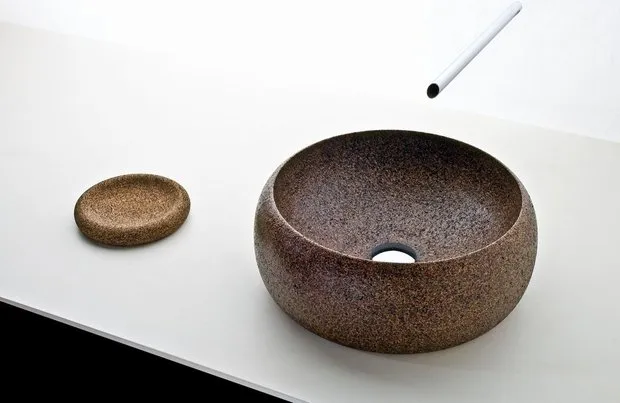
There are washbasins made from recycled rubber, which is melted and rolled into sheets. The washbasin adapts to the water jet, taking various shapes. When the tap is closed, it becomes a flat surface.

Another eco-friendly and unusual material for washbasins is concrete, more precisely, more advanced versions like microconcrete or microcement.
Cement is a chemically neutral material, provides structural strength and is easy to use. Additionally, washbasins made of concrete or cement can easily be painted in any color by adding pigment to the mixture during production.
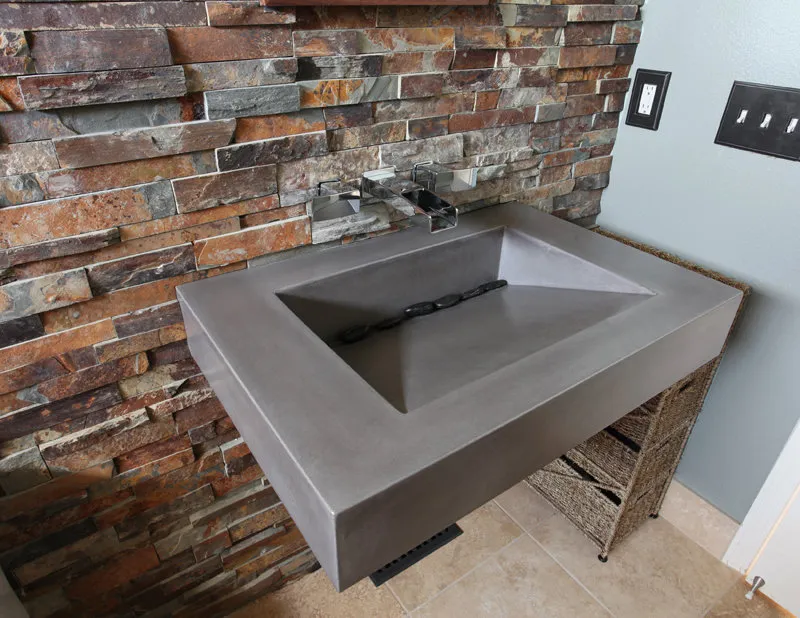 What's Next?
What's Next?In 2018, at a trade show in China, Bill Gates presented an innovative toilet that doesn't require water: it has no drainage system and is not connected to sewage. Instead, all waste will be converted into useful fertilizer by special chemicals.
Millionaire promises that the invention will be released on the market soon.
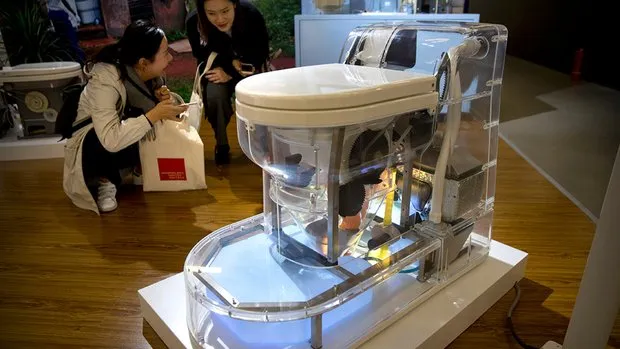
More articles:
 Luxury Living Room for Less Than a Million — Is It Possible? Three Designer Ideas
Luxury Living Room for Less Than a Million — Is It Possible? Three Designer Ideas How to Quickly Wash Windows After Winter?
How to Quickly Wash Windows After Winter?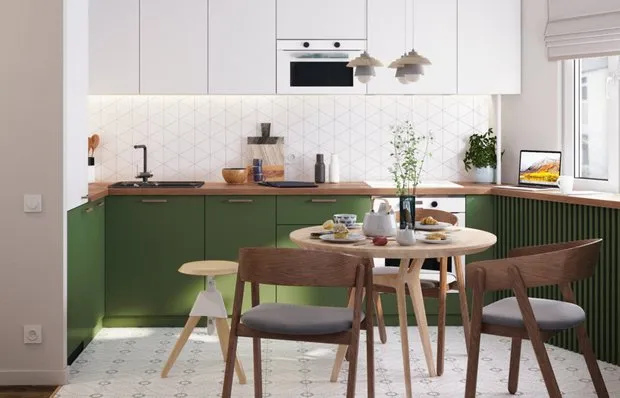 How to Decorate a Kitchen in Panel Housing and Fit Everything — Really?
How to Decorate a Kitchen in Panel Housing and Fit Everything — Really?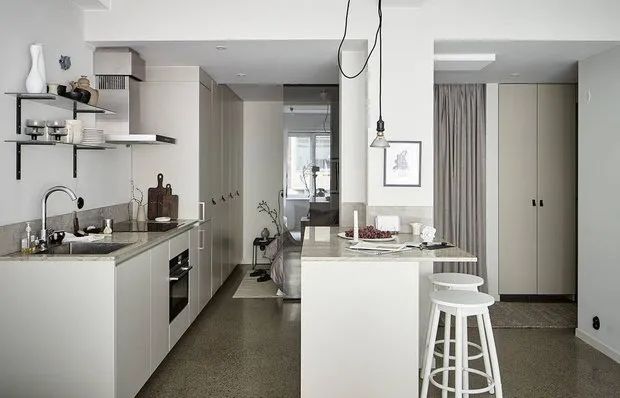 Apartment for Minimalist: 2-Room 44 m² in Sweden
Apartment for Minimalist: 2-Room 44 m² in Sweden How Designers Redesigned Old Apartments (Photos Before and After Will Amaze You)
How Designers Redesigned Old Apartments (Photos Before and After Will Amaze You) 10 ideas for a dacha, inspired by Scandinavian cottages
10 ideas for a dacha, inspired by Scandinavian cottages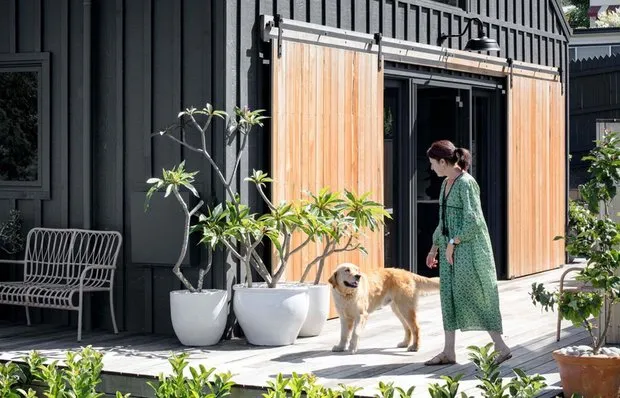 Build a House in 10 Weeks? Experience of a Couple from Australia
Build a House in 10 Weeks? Experience of a Couple from Australia Neighbor's Dog Barks Loudly: What to Do?
Neighbor's Dog Barks Loudly: What to Do?